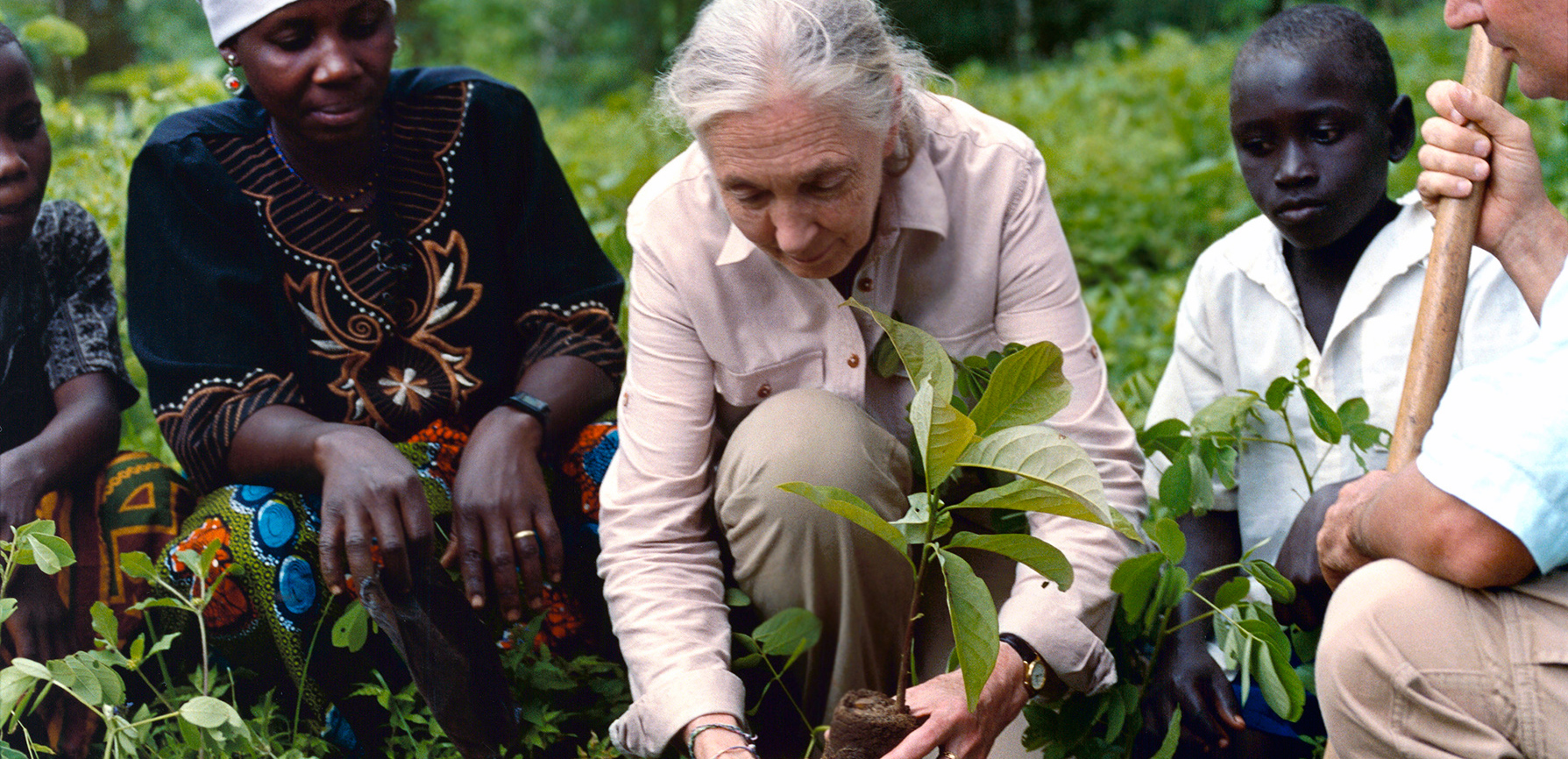
Viewed from outer space, Earth is a remarkable, vibrant planet—blue waters, majestic mountains, vast areas of green forests. It’s an inspiring, stunning display of all the perfect elements to support the billions of diverse life-forms who call this planet home.
But the view from the surface offers a starkly different story. Colonialism and the industrial revolution created a global extraction economy with little regard for the natural systems that sustain all life.
And one of the most tragic consequences of this extractive economy is the staggering loss of half the planet’s trees. Where once our planet was home to 6 trillion trees, only 3 trillion remain. And half of that loss has occurred in only the past 100 years—barely a blink of an eye considering the millions of years it took to create Earth’s biodiverse landscapes.
Read More: Wildfires Are Getting Worse, So Why Is the U.S. Still Building Homes With Wood?
Our planet has sustained an unspeakable loss, and yet forests continue to be deliberately destroyed at the rate of about an acre and a half a second, as they are permanently leveled to create inexpensive land used for large-scale beef, palm oil, soy and paper production. Short-term profit continues to be prioritized over the near- and long-term health of our planet. If this madness continues at the current rate, by the end of this century, the modest green landscape that can be seen today from outer space will be a thing of the past.
Every forest that is burned and bulldozed releases massive amounts of stored carbon into the atmosphere. When a forest is lost, especially a dense tropical forest, so too is its potential to absorb carbon pollution.
This willful destruction of forests is so much more consequential than most people realize. Trees, forests and all plant life have a crucial role in balancing and maintaining the cycles of life on our planet. They provide food, water, shelter and medical cures. They create the oxygen we breathe and absorb the carbon dioxide that threatens our climate. Deforestation and other land-use disruptions account for a staggering 23% of the world’s greenhouse gas emissions.
To make matters worse, severe drought and record high temperatures have dramatically increased the severity of wildfires and lengthened wildfire seasons around the world. The recent Siberian wildfires (which have received disgracefully little media coverage) are larger than all the planet’s fires combined. They are so out of control that governments have given up on trying to put them out.
Between record-setting forest loss and recent warnings about the rapidly ticking climate clock, protecting and restoring our forests must become one of the highest of our planetary priorities. In fact, natural climate solutions, including the restoration and management of forests, grasslands and wetlands, can deliver up to one-third of the emission reductions needed by 2030.
While many good people, organizations and governments are fighting against the economic forces driving the destruction of our planet, it simply is not enough. This is why the United Nations recently launched its Decade of Ecosystem Restoration and supports the Trillion Tree Campaign, a global call to arms to save and restore our forests. And why we have launched our grassroots initiative, Trees for Jane, to do our part to support this ambitious challenge. We want to inspire everyone worldwide to combat our climate crisis by adding new funding and momentum to ongoing efforts to stop deforestation and restore lost forests. We also want to encourage people to plant and nurture their own trees to help our cause and better value the fragility of nature.
Read More: A Climate Solution Lies Deep Under the Ocean—But Accessing It Could Have Huge Environmental Costs
Planting trees and protecting and restoring forests are not new solutions—they are tried and tested. What is new is the latest IPCC report that paints a more dire picture of the climate emergency than ever before. Our response must be to act now–at unprecedented levels!
One trillion trees planted and protected is a big number, even over a ten-year period. But if everyone pitches in, we have a fighting chance to make a difference. Let’s help give everyone a way to join a global movement to save forests and restore biodiverse landscapes. Let’s help reverse the worst impacts of climate change. Together, let’s create a sustainable planet for generations to come. Join us today. Let’s give our planet a new reason for hope.
More Must-Reads from TIME
- Why Biden Dropped Out
- Ukraine’s Plan to Survive Trump
- The Rise of a New Kind of Parenting Guru
- The Chaos and Commotion of the RNC in Photos
- Why We All Have a Stake in Twisters’ Success
- 8 Eating Habits That Actually Improve Your Sleep
- Welcome to the Noah Lyles Olympics
- Get Our Paris Olympics Newsletter in Your Inbox
Contact us at letters@time.com